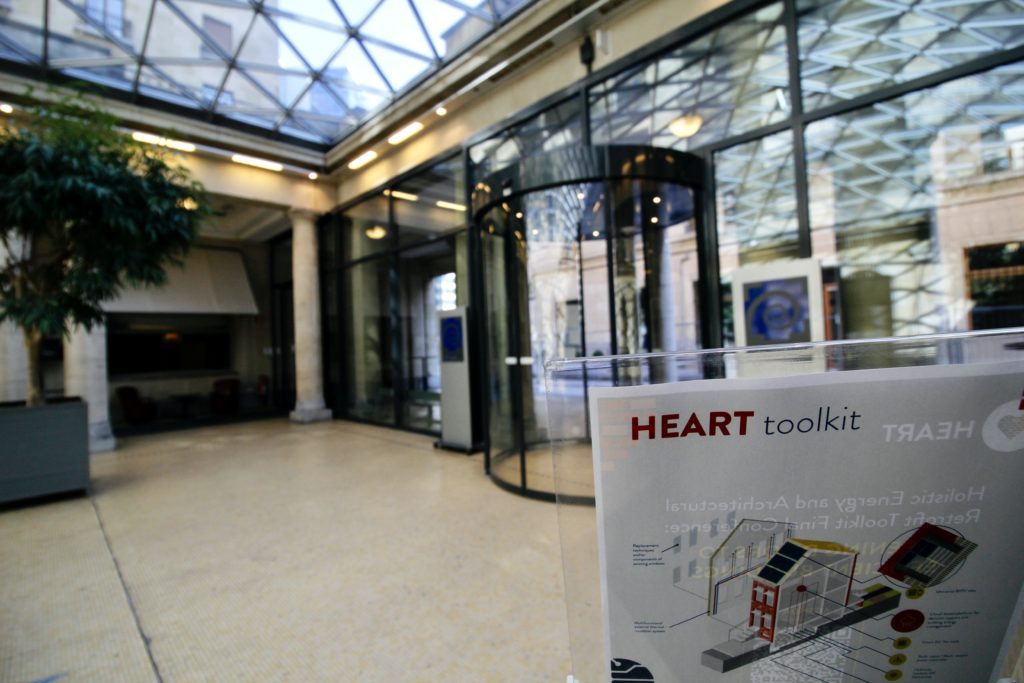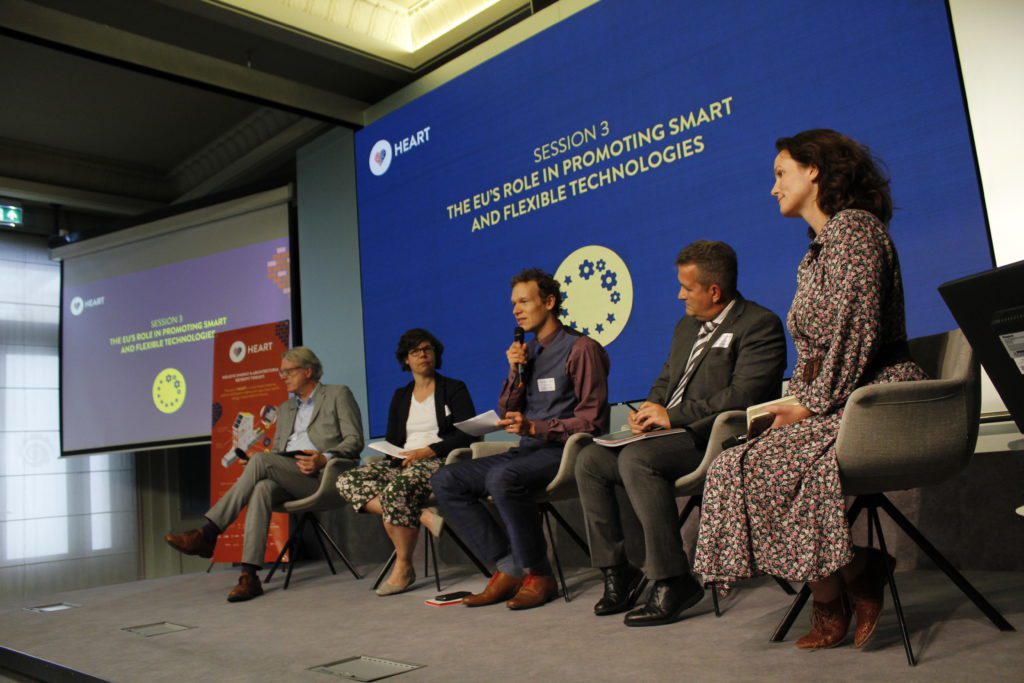The Holistic Energy and Architectural Retrofit Toolkit (HEART) make existing buildings “smarter” and can reduce energy consumption by up to 90%.
Europe is working hard to achieve its energy independence. But in the meantime, energy prices continue skyrocketing, putting pressure on citizens and the economy. Energy efficiency has been at the core of the EU’s energy and climate policy for a long time, and now, it is even more crucial to speed up these measures. Why don’t we start with something as basic and at the same time as extensive as the European housing stock?

EU buildings are responsible for 40% of our energy consumption, but only 1% of the stock undergoes energy renovation yearly. The Eu- ropean Commission’s Renovation Wave Strategy proposes accelerating the renovation rate while making buildings more energy-efficient and less carbon-intensive over their entire lifecycle. Hence, energy independence necessarily involves simpler, quicker, and more affordable renovation processes that allow citizens and stakeholders to act now.
“We have ahead a universal, broad and profound transformation of the energy system. It’s important that we look at the buildings because they have a very significant footprint in terms of energy consumption, and we also have greenhouse gas emissions. For those of you who have either dealt with renovation or who are dealing with it professionally or privately, it’s a very complex topic. And this HEART Project is a very good example of how to simplify things.”
Karlis Goldstein, Energy Efficiency Assistant at Kadri Simson’s Cabinet, European Commission.
HEART has developed and tested several components that open the door to the easier and faster renovation of the existing building stock. The Toolkit includes a multi-functional façade and insulation system, universal photovoltaic tiles, a high-efficiency water storage tank, direct current smart fan coils and heat pumps, a multi-input/multi-output controller, and a cloud-based platform to support decision-making and energy management phases.
“It’s not so strange to think that the HEART system could be one of the solutions for this difficult situation during the last months. Our buildings are consuming around 40% of the total energy consumption, and now we are aware of the cost, not only the economic cost of the energy. Our system can cut up to 90% of the energy consumption of a building.”
Project Coordinator, Niccolò Aste, POLIMI.
This Toolkit reduces energy consumption, with overall savings on heating, summer air conditioning, and domestic hot water production between 60% and 90%. The Toolkit has been tested and deployed in two demonstration cases in Bagnolo (Reggio Emilia, Italy) and Saint Priest (Lyon, France). Both demo cases are social housing residences very energy-intensive.
The initial results from the monitored data in the Italian building demonstrate that just an energy-efficient retrofit of windows could reduce annual heating demand by about 16% (from 65.2 to 54.3kWh/m2), as Aaron Estrada, Data analyst and investigator at EURAC Research, presented during HEART Final Conference on 11 July.

Holistic renovation toolkits like the one developed by HEART can help simplify renovation and foster cooperation between different actors and industries. For example, this is a unique opportunity for the construction sector, but the European workforce needs to be re-skilled and up-skilled to be up to the task.
“The reality is that digital technologies will play bigger and bigger roles in the future. A coordinated and clear effort by the Commission and Member States to address the issue of skills will be imperative to its success. Member States must invest in capacity building, technical assistance and upskilling and reskilling policies in order to realise both components of the green and digital transition,” stressed MEP Seán Kelly during HEART Final Conference.
Innovative technologies will play a key role in the Renovation Wave. Looking at the bigger picture, the EU faces now the challenge of promoting and scaling them in the market. The district approach is also an important strategy, transforming our neighbourhoods into low-carbon areas where people have a good quality of life. The energy-efficiency renovation also has multiple benefits concerning health and wellbeing, and it has the potential to transform and improve people’s lives. Transplanting this high-efficient HEART system in the EU building stock will help achieve the social and climate targets in the urgent way they are needed.